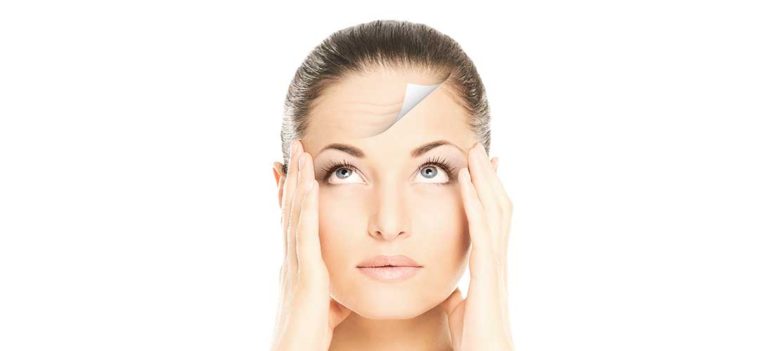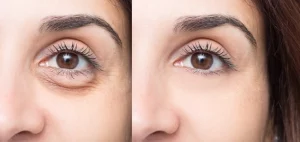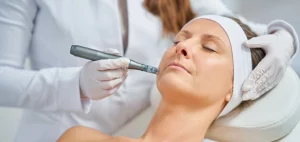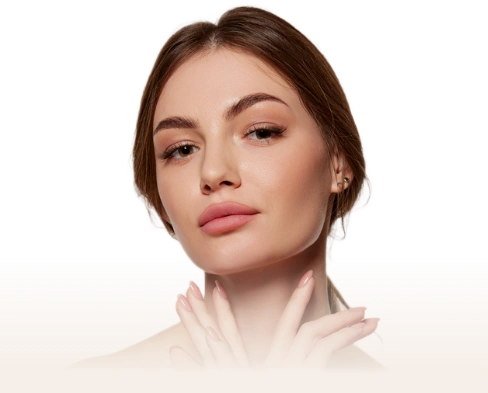Images of the botox for forehead wrinkles before and after effects of forehead Botox demonstrate how well this cosmetic filler works to reduce wrinkles and fine lines. The forehead frequently exhibits numerous fine lines and wrinkles, which age a person’s appearance unfavorably. Forehead Botox is the most popular cosmetic procedure in the world and is safe and efficient in slowing the effects of aging.
Continue reading to discover more about forehead Botox and see the actual patient outcomes of this remarkable anti-aging procedure.
What are forehead wrinkles?
The horizontal lines that span your forehead above your eyebrows are called forehead lines, worry lines, or simply forehead wrinkles. When one makes a face that lifts the brow, forehead lines frequently appear more noticeable. But, with time, forehead wrinkles can develop without facial movement and become static.
Although they are not damaging to one’s health, forehead lines are one of the unattractive signs of facial aging that our patients are most concerned about. While it is hard to completely prevent the onset of forehead lines, you can lessen their severity by taking care of the health of your face. There are lots of fantastic treatment options available after forehead wrinkles appear.
Botox for forehead wrinkles
Forehead A protein known as botulinum toxin is used to create Botox injections. The aging effects of repetitive facial muscle motions over many years are visible. Mainly the forehead is infamous for having deep, active wrinkles. The supporting muscles relax when the poison is injected into the muscles beneath the skin. This enables the skin’s overlying creases to smooth out. Because of this, many people opt for Botox for forehead wrinkles and vertical frown lines (also known as the glabella or “11s” between your eyes).
The world’s most thoroughly researched medical technique is Botox. More than 470 clinical investigations demonstrate the safety and effectiveness of Botox. Botox produces natural-looking, long-lasting results when used by a trained injector. Botox is used to address various cosmetic and therapeutic issues in addition to forehead wrinkles. Moreover, Botox treatments for the forehead are not long-lasting. The body safely absorbs the biodegradable Botulinum toxin over several months.
Botox for forehead wrinkles before and after
The results of the Botox forehead wrinkle treatment can be seen in the before and after photos. Individual results may vary with cosmetic filler treatments in general. Nonetheless, the people depicted in these images are actual patients, and the outcomes of their Botox forehead treatments are natural.
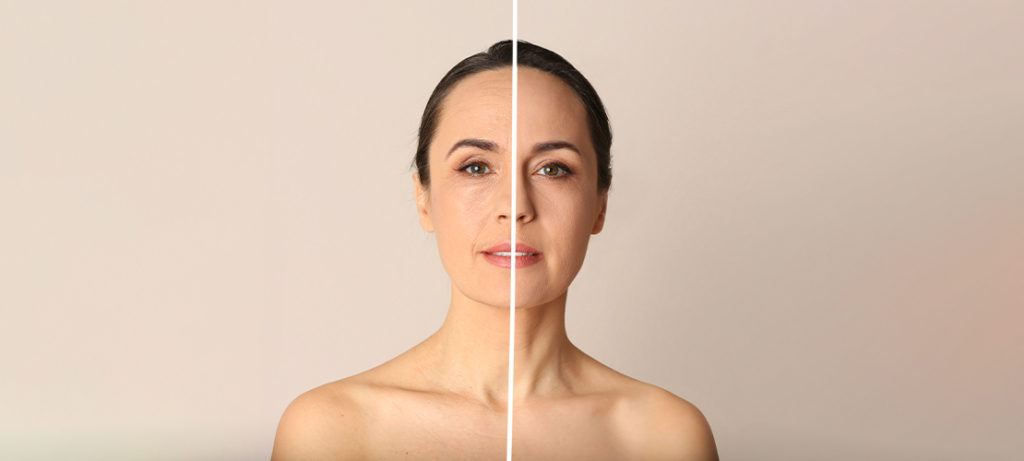
Selecting a qualified and experienced professional to administer your treatments is crucial if you want to be happy with the effects of Botox for forehead before and after shots. Botox is a treatment that is technique-specific. For the best results to be observed, talent and an artistic eye are needed. Anybody considering Botox treatments must take price into account. But, when picking a supplier, cost should only be one factor. To help you cut the cost of Botox, several medspas offer promotions and bundles for new clients. By selecting the top Botox service in New York, you can safeguard your money, guarantee a secure procedure, and receive results that seem natural.
Before Botox Care
Although Botox is a non-invasive, non-surgical technique, some preparation is required for the most significant outcomes.
The best strategies to be ready for your Botox injections are listed below.
Avoid using blood thinners and anti-inflammatory drugs.
In the week before your appointment, stop taking any medicine that thins the blood. This includes ginkgo biloba, ginseng, fish oil, flax oil, cod liver oil, vitamin A, vitamin E, and other vital fatty acids in addition to aspirin, ibuprofen, Excedrin, Motrin, and ibuprofen.
Use Tylenol if you find that you need to take some pain relievers.
Skip the alcohol
Alcohol should not be consumed for twenty-four hours before your appointment.
This is because alcohol can thin the blood, much like the drugs described above, making you more prone to bruising and swelling due to the injections.
After Botox Care
The most crucial aspect of obtaining Botox injections is adhering to the proper aftercare recommendations. It can help you achieve the best outcomes and lessen some of the treatment’s adverse effects.
Hold your head high.
After receiving Botox injections, stay active and avoid lying down or napping for at least four hours. To avoid placing pressure on the areas that received the injections and to stop Botox from migrating, it’s crucial to keep your head elevated during this period.
Exercise-Reduced Zones
To help the Botox get into the muscles where it was injected, try exercising your facial muscles for 1 to 2 hours after the injections. You can accomplish this by lifting your brows, squinting, furrowing them, and grinning.
For at least three days, refrain from getting any more facial treatments.
Ask your injector when it will be appropriate to have additional face treatments, such as a facial, chemical peel, microdermabrasion, or laser treatment if you want to combine your Botox injections with them.
It’s typically advised to hold off on further operations for 24 to 72 hours after Botox injections.
Avoid Strenuous Exercises and Exercise
Avoid strenuous physical activity after obtaining Botox injections, especially if it requires bending over.
Furthermore, refrain from aerobic exercise for at least 24 hours to prevent headaches following an injection.
Massage the injection sites sparingly.
While it is acceptable and even advised to move your muscles and make natural expressions, avoid rubbing the injection site to prevent Botox from spreading to other parts of the face.
Aim to avoid touching the injection site for a few hours to allow the Botox to spread evenly throughout the muscle.
How long does Botox for forehead wrinkles last
Your body produces new neurotransmitters, so the Botox injection’s “blocking” effects will eventually wear off. In general, Botox treatments for the forehead last for about 4 months.

About The Author
Dr. Syra Hanif M.D.
Board Certified Primary Care Physician
Dr. Hanif is the Director of Aesthetic Medicine. She is a board-certified physician in Aesthetic Medicine who specializes in using non-surgical alternatives in order to enhance one's appearance through Botox and fillers.
Read More




